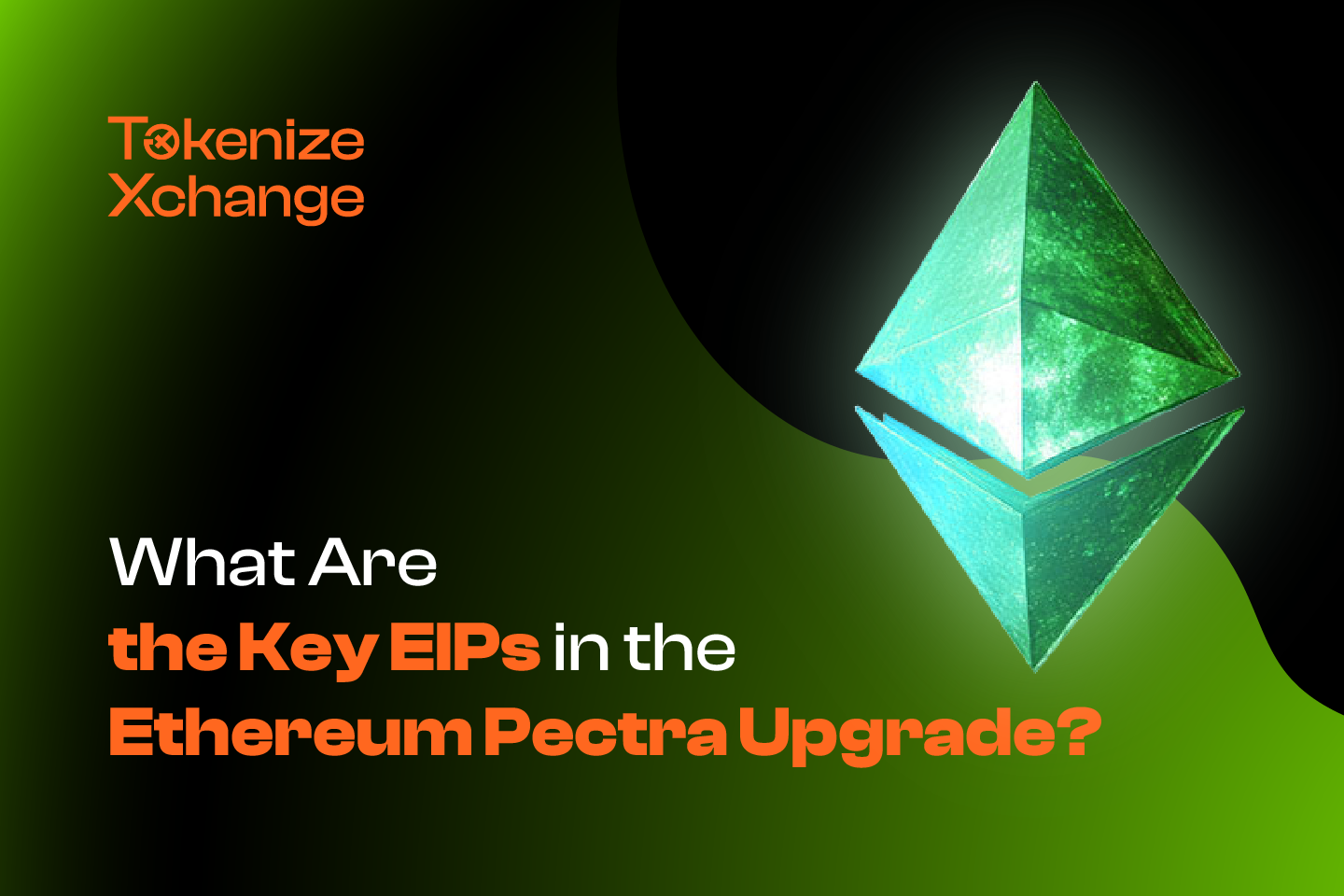The Pectra Upgrade is the next major milestone in Ethereum’s evolution, scheduled to follow the Dencun Upgrade. Named after the combination of “Prague” (execution layer) and “Electra” (consensus layer), Pectra aims to further enhance Ethereum’s performance, usability, and security. Central to the upgrade are a collection of Ethereum Improvement Proposals (EIPs) — technical standards proposed and accepted by the Ethereum community.
In this article, we’ll break down some of the key EIPs slated for inclusion in the Pectra Upgrade, and why they matter.
🚀 Top EIPs in the Pectra Upgrade
1. EIP-3074: AUTH and AUTHCALL Opcodes
Category: Execution Layer
Purpose: Improve smart wallet capabilities
EIP-3074 introduces two new opcodes — AUTH and AUTHCALL — that allow externally owned accounts (EOAs) to delegate control to smart contracts temporarily. This means EOAs (regular wallets) can act more like smart wallets without needing to upgrade to a full contract wallet.
Key Benefits:
- Enables batch transactions, like approving and swapping tokens in one step.
- Reduces the need for repetitive transaction signatures.
- Bridges the gap between EOAs and smart contract wallets.
2. EIP-6110: Beacon Root in Execution Payload
Category: Consensus Layer
Purpose: Bridge data between layers
EIP-6110 proposes including the Beacon Chain root in the execution layer’s payload. This change facilitates trustless verification of validator data in smart contracts, improving coordination between Ethereum’s consensus and execution layers.
Key Benefits:
- Enables on-chain access to consensus data.
- Supports new use cases like validator lotteries or light clients.
3. EIP-7002: Execution Layer Triggered Validator Exits
Category: Consensus Layer
Purpose: Enhance validator control
This EIP allows validators to exit the staking protocol via execution layer transactions, rather than through the consensus layer alone. It’s particularly useful for staking pools and protocols that want to give users more direct exit options.
Key Benefits:
- Adds flexibility for validator exits.
- Empowers smart contracts to manage staking lifecycle.
4. EIP-4788: Expose Beacon Chain Data to Smart Contracts
Category: Cross-layer
Purpose: On-chain access to consensus data
This proposal aims to make Beacon Chain state roots available to the EVM, enabling smart contracts to access consensus-level data like validator balances or block attestations. It opens the door for advanced dApps, cross-chain bridges, and light clients.
5. EVM Object Format (EOF) — Series of EIPs (e.g., EIP-3540, EIP-3670, EIP-4200, EIP-4750, EIP-5450)
Category: Execution Layer
Purpose: Formalize and optimize smart contract structure
EOF introduces a modular, versioned format for Ethereum smart contracts. By changing how code is structured and validated, EOF improves security, gas efficiency, and future upgradeability.
Key Benefits:
- Separates code and data sections in contracts.
- Enables static analysis and formal verification.
- Lays groundwork for future EVM enhancements.
Why Pectra Matters
The Pectra Upgrade is not just about performance — it’s a leap forward in making Ethereum more user-friendly, scalable, and secure. From improving how wallets interact with contracts to giving developers deeper access to consensus data, Pectra moves Ethereum closer to fulfilling its long-term roadmap.
Final Thoughts
As Ethereum continues to evolve post-Merge, each upgrade becomes more intricate and impactful. The EIPs in the Pectra Upgrade reflect Ethereum’s commitment to innovation and decentralization, making the platform more accessible and powerful for developers and users alike.
Stay tuned as development progresses and testnets go live — Pectra is one step closer to a more robust Ethereum.


